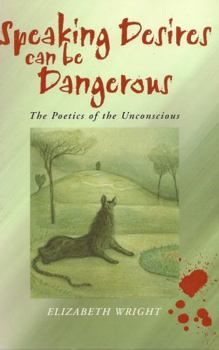Speaking Desires Can Be Dangerous: An Introduction
Although psychoanalytic criticism has long been established as a practice in its own right, dialogue between the clinical and aesthetic has so far been perfunctory. This innovative book sets out to show in detail that there is a poetics of the unconscious equally at work in both domains, the critical potential of which has been missed by both sides. In Part I, Wright focuses on the discoveries of Freudian psychoanalysis and demonstrates how the fundamental fantasies emerging in clinical practice are uncannily shared by works of art. This devotion of the unconscious to its phantasmic history is illustrated with examples from Freud, surrealist painting and Julia Kristeva's work on melancholia. In Part II, the focus shifts to Lacan's view of language as a means of agitating the unconscious of the reader. Part III takes examples from the rhetoric of clinical discourse, showing how practitioners are aware of a range of poetic meanings for both patient and analyst. The three parts demonstrate that all language is inescapably figural, as it betrays the operations of desire and fantasy in both aesthetic and clinical discourse. This book is suitable for second- and third-year undergraduate students and above in literature and literary theory, feminism and gender studies, and psychoanalysis.
Format:Paperback
Language:English
ISBN:0745619681
ISBN13:9780745619682
Release Date:April 2000
Publisher:Polity Press
Length:208 Pages
Weight:0.68 lbs.
Dimensions:0.6" x 6.0" x 9.0"
Customer Reviews
0 rating





